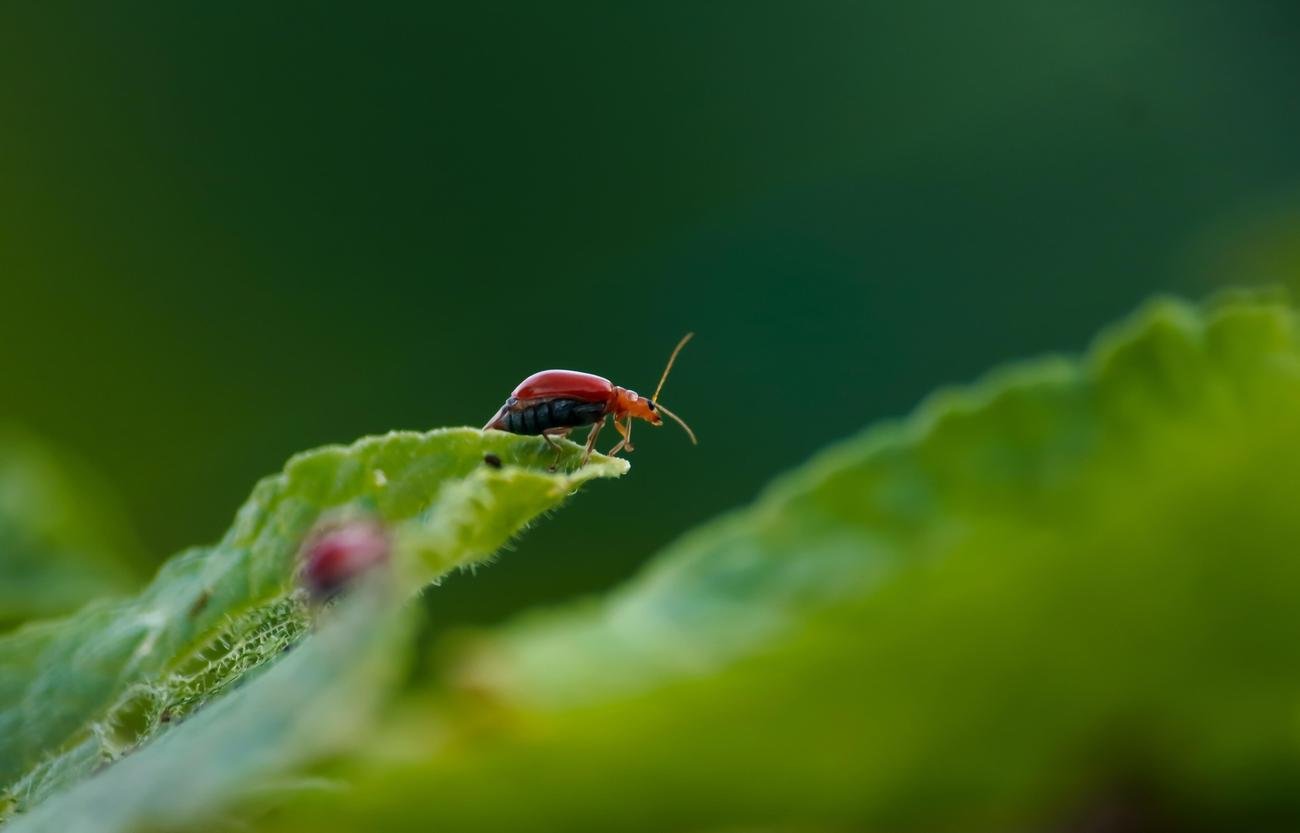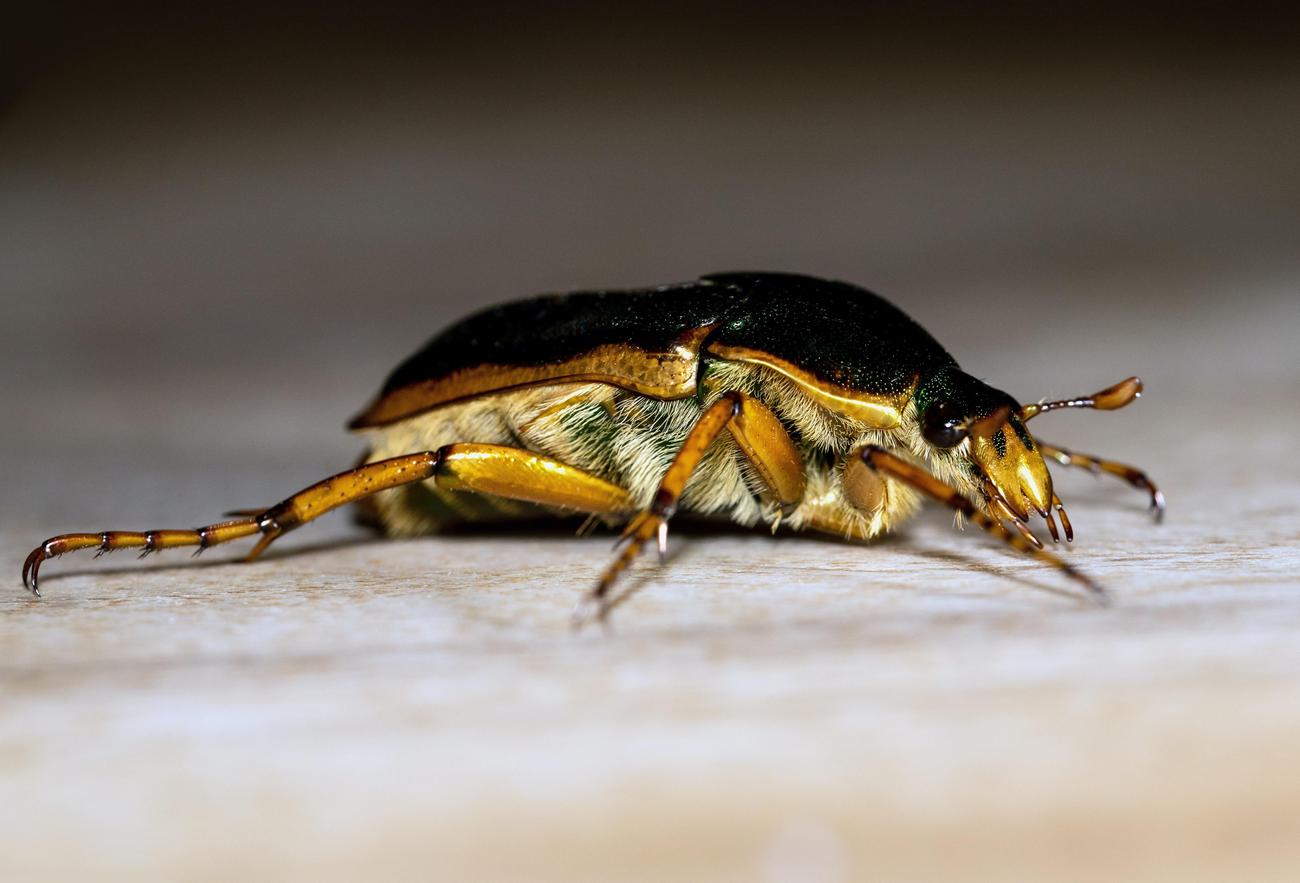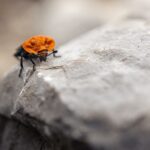Prepare to be captivated and disturbed as we dive into the hidden world of cockroaches, revealing a shocking fact that will send shivers down your spine. In this article, titled “The Disturbing Secrets: Unveiling a Creepy Fact About Cockroaches,” we will peel back the layers of these resilient creatures and expose a chilling truth that has long been kept in the shadows. As a seasoned entomologist with a relentless curiosity for the macabre, I have devoted my career to uncovering the unsettling secrets that lie within the insect kingdom. Drawing upon my extensive knowledge, fieldwork, and passion for the obscure, I am about to reveal a creepy fact about cockroaches that will leave you astounded and perhaps even make you think twice before turning on the lights in the dark corners of your home. Brace yourself for a journey into the unnerving realm of these resilient pests, as we uncover the truth behind their disturbing nature.

What is a creepy fact about cockroaches?
Cockroaches, those resilient creatures that have stood the test of time, hold some truly disturbing secrets within their tiny bodies. And today, I’m here to uncover one of these creepy facts about these infamous pests. Brace yourself for a journey into the eerie world of cockroaches!
Did you know that cockroaches can survive without their heads? Yes, you heard that right. Even without the essential organ controlling their bodies, cockroaches can still scuttle around for a short period. This is because they have an open circulatory system, which means they don’t rely on their heads to pump blood around their bodies. Instead, their small breathing tubes called spiracles located on their sides and abdomen allow them to breathe. So, while it may seem like something straight out of a horror movie, a headless cockroach can still move and survive—for a short while, at least.
“One disturbing secret about cockroaches is that they can live for a short time without their heads. Their open circulatory system allows them to continue moving and surviving for a short while after decapitation.”
But the bizarre feats of cockroaches don’t end there. These resilient creatures have another astonishing ability—they can hold their breath for an incredible 40 minutes! Imagine the creepy things they can get up to during that time. From hiding in the darkest corners to surviving an underwater ordeal, cockroaches can do it all. In fact, they can even stay submerged for a staggering 30 minutes without any harm coming their way. It’s as if they’re adapted to the most horrifying situations imaginable.
“Another chilling fact about cockroaches is their ability to hold their breath for an astonishing 40 minutes. They can also survive underwater for half an hour without any trouble. These resilient creatures seem to have adapted to the most dreadful scenarios.”
Now, let’s talk numbers. Brace yourself for this unnerving revelation: there are approximately 4,600 species of cockroaches worldwide. That’s right, these pesky insects have managed to conquer the globe with their unsettling presence. With their diverse shapes, sizes, and habitats, cockroaches are incredibly adaptable. And that’s what makes them such formidable contenders in the battle against pest control.
“In a concerning revelation, it has been estimated that there are around 4,600 species of cockroaches worldwide. Their adaptability and widespread presence make them a challenging opponent in the world of pest control.”
So far, we’ve covered some seriously creepy facts about cockroaches. But what about the dangers associated with these pests? It’s no secret that cockroaches can cause allergies and trigger asthma symptoms. Their shed skins, feces, and body parts contain allergens that can cause allergic reactions, particularly in sensitive individuals. Additionally, cockroaches can carry bacteria that cause diseases, such as salmonella and E. coli, especially when left on food or food preparation surfaces. However, it’s important to note that the US Centers for Disease Control (CDC) has found little evidence linking cockroaches to disease outbreaks.
“Apart from their creepy habits, it’s crucial to acknowledge the potential dangers of cockroaches. They can trigger allergies and asthma symptoms through the allergens present in their shed skins, feces, and body parts. Additionally, they can carry disease-causing bacteria, although there is limited evidence of cockroaches causing disease outbreaks.”
To wrap up our journey through the unsettling realm of cockroaches, we’ve discovered some truly creepy facts. From their headless survival skills to their ability to hold their breath and adapt to various environments, cockroaches are truly endowed with some eerie traits. And while they may pose health risks with their allergens and potential bacterial transmissions, it appears that their reputation as disease spreaders may not be entirely justified. Nonetheless, these pests continue to fascinate and disturb us with their mysterious ways.
“From surviving without their heads to their astonishing ability to hold their breath, cockroaches have managed to both fascinate and disturb us with their creepy secrets. While they may carry allergens and bacteria, their reputation as disease spreaders may not be completely justified.”
Cockroaches are creatures that send shivers down our spines, and it’s time to uncover the truth. Prepare yourself for mind-boggling, bone-chilling facts about these creepy crawlers. Did you know that cockroaches have been around for over 300 million years? Yes, you read that right! They have evolved and adapted to various environments, making them one of the most resilient pests on the planet. Want to know more about these horrifying insects? Click here for some really scary facts about cockroaches: Scary Facts About Cockroaches. Brace yourself, because what you’re about to learn will make your skin crawl!
Why are Cockroaches So Resilient and Hard to Eradicate?
[youtube v=”lkdLg0Nq4SQ”]
Cockroaches are notorious for their ability to survive against various methods of extermination. With nearly 5,000 different species, these insects have adapted to live in a wide range of habitats, including those in close association with humans. German and American cockroaches, for example, have developed physical and chemical adaptations that make them particularly resilient.
Physical Adaptations
When it comes to being hard to catch or kill, cockroaches excel. American cockroaches, for instance, have sensory hairs that pick up subtle air currents, allowing them to quickly detect danger and escape. They can reach incredible speeds, running up to 50 body lengths per second, which is equivalent to a human running over 300 kilometers per hour. Moreover, their flattened and flexible bodies enable them to squeeze into tiny spaces, making it easy for them to find hiding places.
“American cockroaches are among the fastest invertebrates ever recorded, reaching speeds of up to 50 body lengths per second.”
Chemical Adaptations
Cockroaches have an impressive ability to consume a wide variety of organic matter, including hair, dead skin, adhesives, and even paper. They possess a set of digestive enzymes that allow them to thrive in nutrient-poor environments by breaking down and extracting resources from decaying food sources. German cockroaches have been known to eat their own waste, vomit, and even dead members of their colony without hesitation.
“Cockroaches can eat a variety of organic matter, thanks to their expansive set of digestive enzymes.”
Immunity and Defense Mechanisms
Another reason why cockroaches are so difficult to eliminate is their strong immunity and defense mechanisms. Cockroaches have genes that provide them with immunity against multiple pathogens. These genes are often duplicated, allowing their immune systems to unleash numerous antimicrobial molecules when infected. Additionally, cockroaches have defenses against pesticides. While non-resistant cockroaches may be killed when exposed to insecticides, resistant cockroaches can survive due to genetic mutations. They have sodium channels that the chemicals cannot bind to, and they produce detoxification enzymes that render the pesticides harmless.
“Cockroaches possess genes that provide immunity against numerous pathogens, allowing them to resist various diseases.”
Tolerance to Radiation
Contrary to popular belief, cockroaches are only mildly tolerant to radiation compared to other insects. While they can survive slightly higher levels of radiation than some other creatures, they would still be severely affected near nuclear explosion sites. Furthermore, severe disasters that threaten humanity also endanger the habitats and food sources that cockroaches rely on, which could limit their survival.
“Compared to other insects, cockroaches have only mild tolerance to radiation and would be severely affected close to nuclear explosion sites.”
In conclusion, cockroaches’ resilience stems from their physical and chemical adaptations, as well as their immunity and defense mechanisms. Their ability to run quickly, squeeze into small spaces, and consume various organic matter allows them to survive and thrive. While they may be challenging to eradicate, understanding their unique abilities is the key to effective pest control strategies.

FAQ
What is a creepy fact about cockroaches?
Cockroaches can survive without their heads. While this may seem like something out of a horror movie, it’s a fact that these resilient creatures are capable of living for weeks without their heads. This is due to their decentralized nervous system, which allows them to breathe through tiny openings called spiracles located on their body segments. Additionally, cockroaches have an open circulatory system, meaning they don’t rely on their heads to pump blood. It’s certainly a creepy and fascinating adaptation that showcases the incredible survival abilities of these insects.
Are cockroaches dangerous to humans?
Yes, cockroaches can be dangerous to humans. They are known to be allergen sources and asthma triggers, especially for individuals with respiratory conditions. Cockroaches can carry bacteria that can cause illnesses if left on food, posing a risk of food contamination. While there is little evidence of a direct link between cockroaches and disease outbreaks, they can transport disease-causing bacteria. It’s important to maintain proper hygiene and pest control measures to minimize the potential risks associated with cockroaches.
How many species of cockroaches are there worldwide?
There are roughly 4,600 species of cockroaches worldwide. These resilient creatures have adapted to various environments and can be found in almost every corner of the globe. While some species may be more common than others, the sheer diversity of cockroaches highlights their ability to survive and thrive in different habitats.
Can cockroaches hold their breath?
Yes, cockroaches can hold their breath for an impressive amount of time. They are capable of staying submerged underwater for up to half an hour and can hold their breath for about 40 minutes. This adaptation allows them to survive in environments where water is present, such as drains and sewers. It’s another example of the remarkable physiological abilities possessed by these creepy crawlers.
Are cockroaches cannibalistic?
Yes, cockroaches are cannibalistic. When resources are scarce, they are not hesitant to turn to their own kind for sustenance. Cannibalism among cockroaches occurs when food sources become limited, which is often the case in crowded environments. This behavior emphasizes the survival instincts of cockroaches and highlights their ability to adapt to challenging circumstances.
- Unlock Water’s Symbolism: A Cross-Cultural Exploration - April 20, 2025
- Identify Black and White Snakes: Venomous or Harmless? - April 20, 2025
- Unlocking Potential: Origins High School’s NYC Story - April 20, 2025















